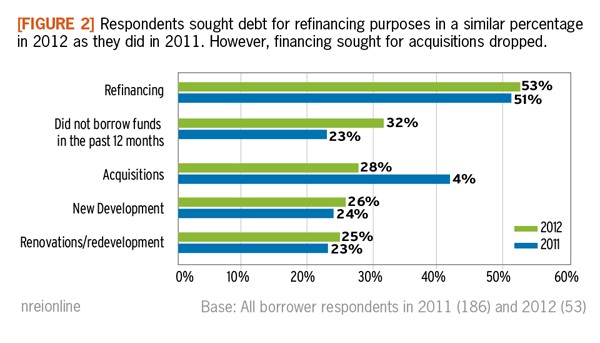DSCR What is Debt Service Coverage Ratio DCR Debt Coverage Ratio
Post on: 20 Апрель, 2015 No Comment

What is a debt service coverage ratio (DSCR)
The DSCR or debt service coverage ratio is the relationship of a propertys annual net operating income (NOI) to its annual mortgage debt service (principal and interest payments). For example, if a property has $125,000 in NOI and $100,000 in annual mortgage debt service, the DSCR is 1.25.
Commercial lenders use the DSCR to analyze how large of a commercial loan can be supported by the cash flow generated from the property, or to determine how much income coverage there is at a certain loan amount.
Two of the most important factors used to determine the approvability of a commercial mortgage request are the DSCR and loan-to-value (LTV). Often times the loan amount may be debt service constrained and the maximum LTV not obtainable.
For example, if the maximum LTV is 80% and the DSCR is less than the lenders required minimum coverage requirements at 80% LTV, the loan amount will be reduced until the minimum DSCR is obtained. In commercial underwriting this is referred to as loan dollars being debt service constrained, not leverage (LTV) constrained. Its not uncommon for a property with a cap rate in the 4%-5% range to require a 35%+ downpayment (65% LTV) in order to maintain a lenders required minimum DSCR.
Some lenders may provide commercial real estate loans based on a global DSCR. A global DSCR is a ratio that combines both personal and property income and expenses when calculating the DSCR. This allows for a property with weak cash flow, or a property in a low CAP area, to still qualify for a commercial loan at greater leverage provided the borrower has additional income to supplement the property’s NOI.

One of the most frequent reasons a commercial loan or apartment loan is denied is because the property does not meet the commercial lender’s minimum DSCR requirements. Understanding how a commercial mortgage lender calculates the DSCR can be helpful to know when applying for a commercial real estate loan, conduit loan, or apartment loan .
DSCR = NOI/Annual Debt Service
A common misconception made by borrowers when applying for a commercial mortgage loan is that the bank or commercial lender only uses the expenses from the property when calculating the NOI. Commercial lenders use a combination of actual expenses, market expenses and reserves for replacements, vacancy, and off-site management (if there is no off-site management expense). Appraisers will do the same when reconstructing their net income analysis on the subject property.
This is an important concept to understand if you are calculating your own cash flow analysis for a prospective commercial mortgage, whether its a purchase or refinance. If the property is operating more efficiently than comparable properties (due to self management, not keeping up with R&M, etc.), or not including a minimum vacancy percentage, both the underwriter and appraiser will use a vacancy factor and bring expenses inline with market — which reduces the NOI thereby lowering the DSCR and loan amount.














